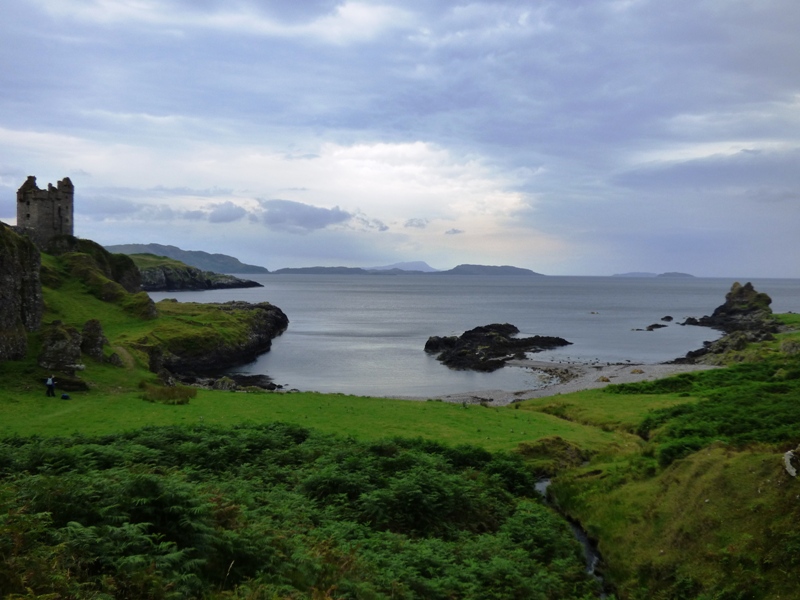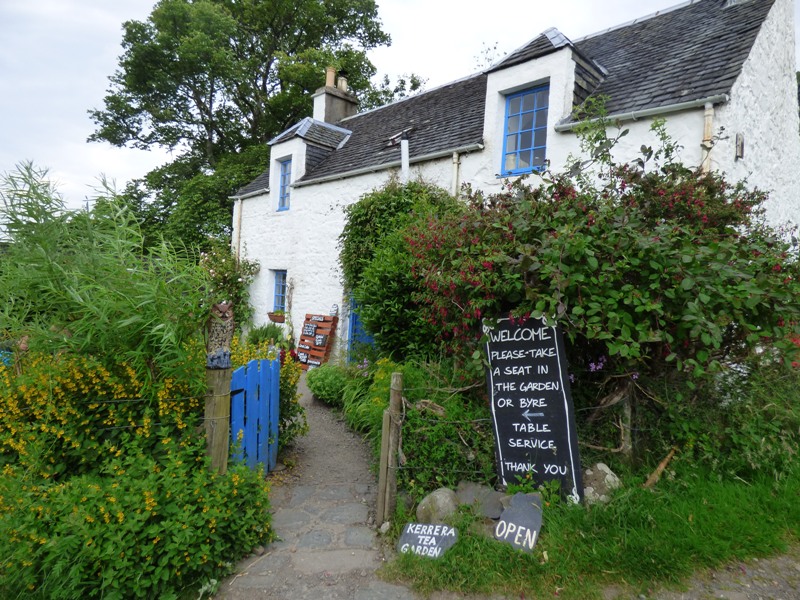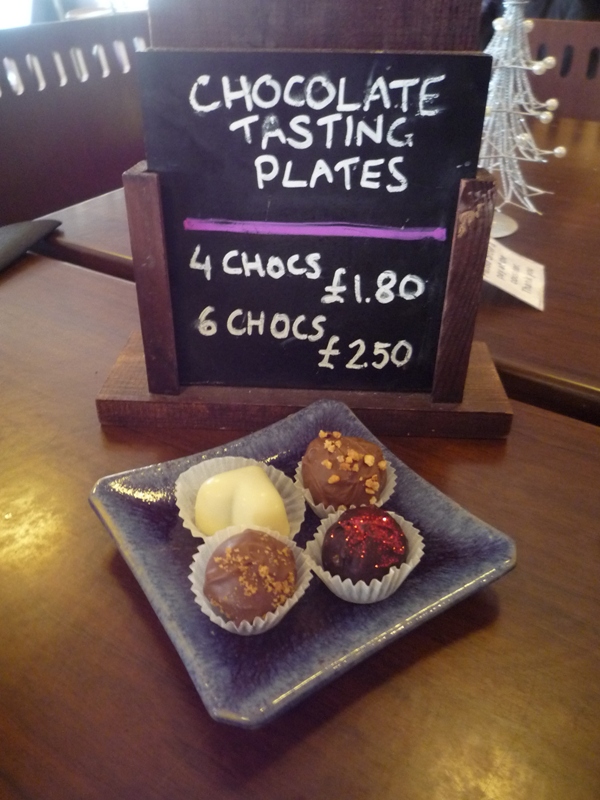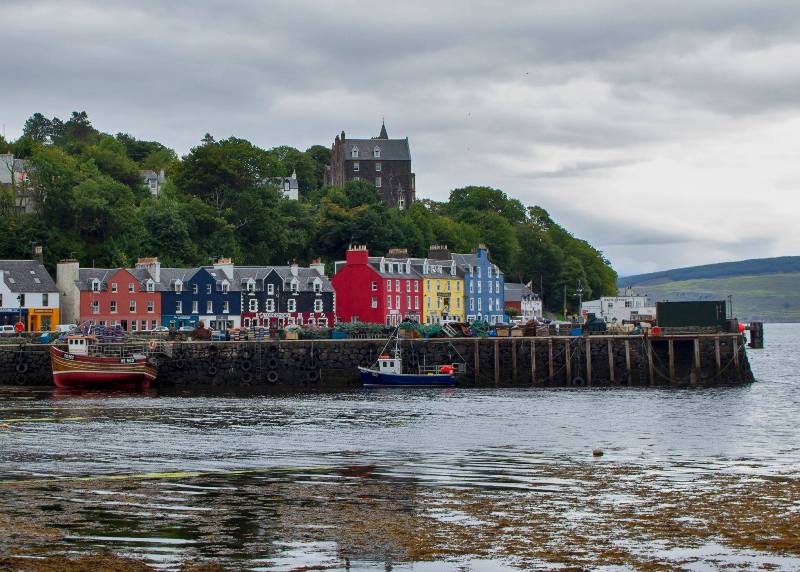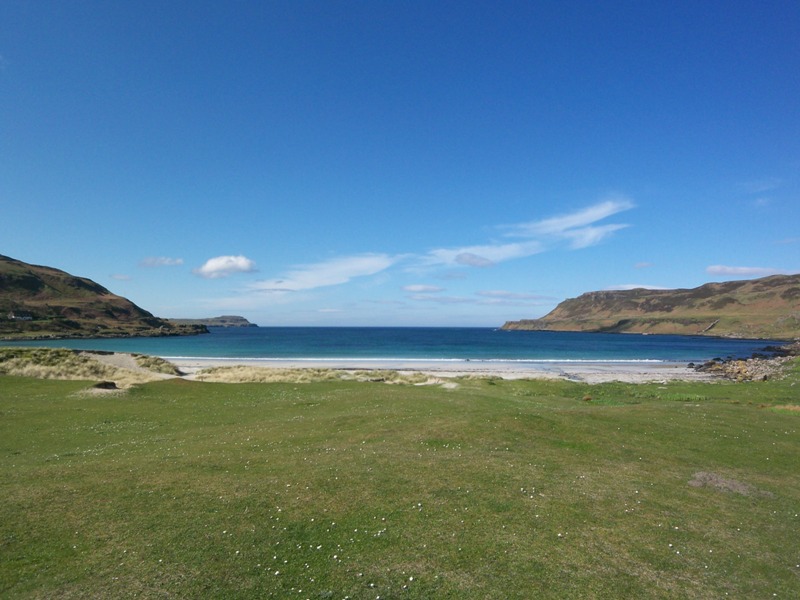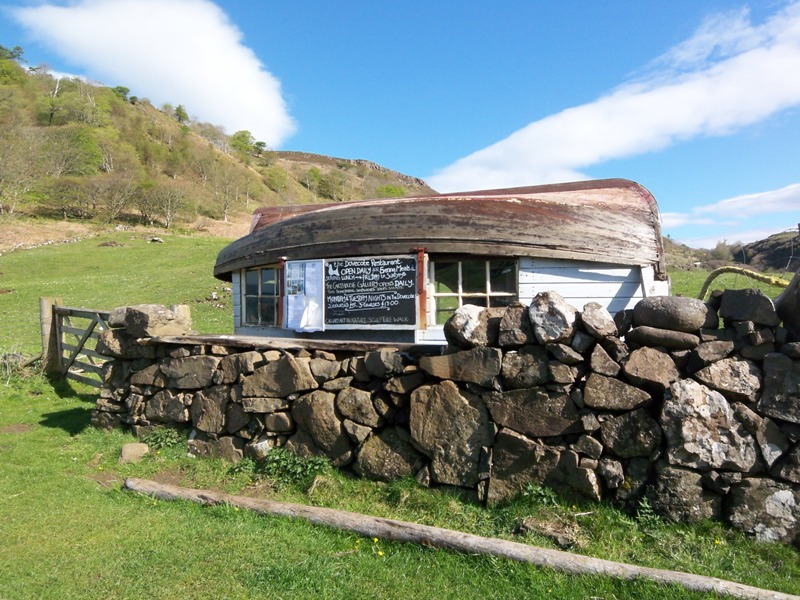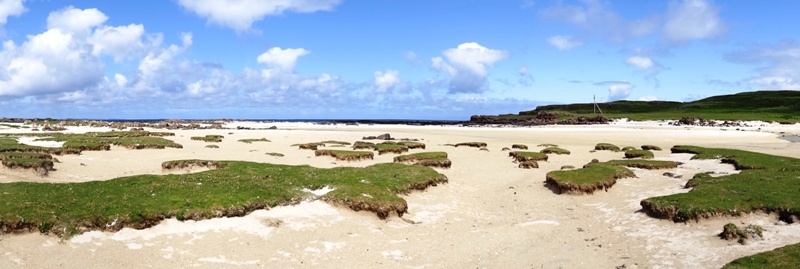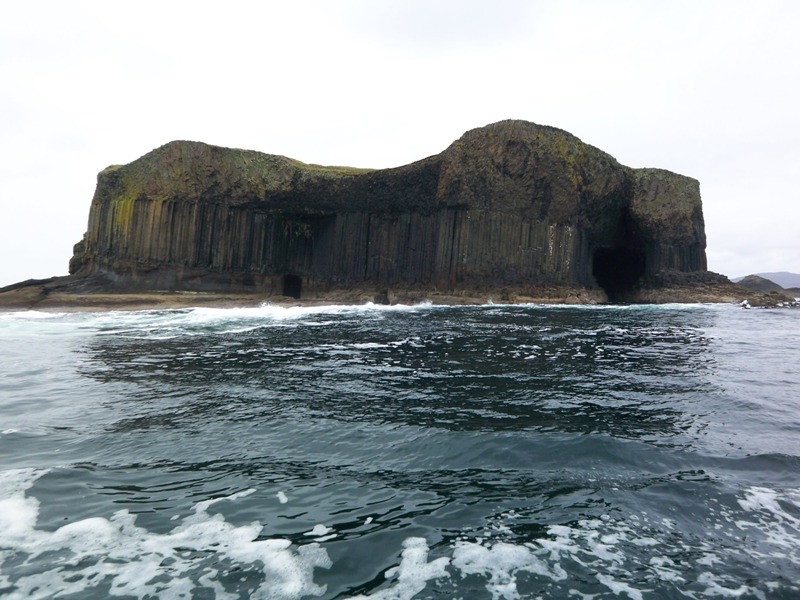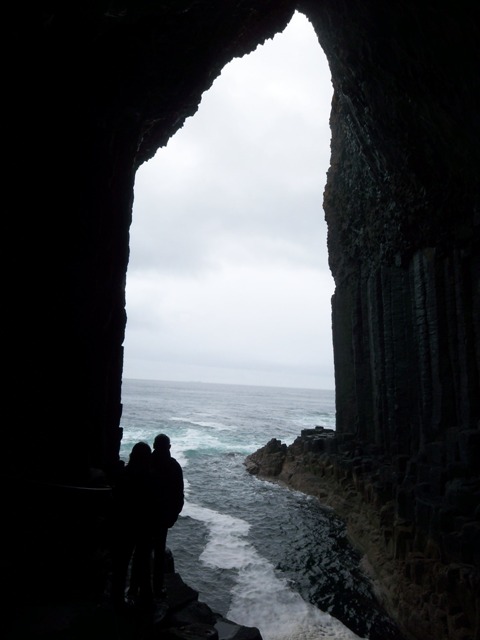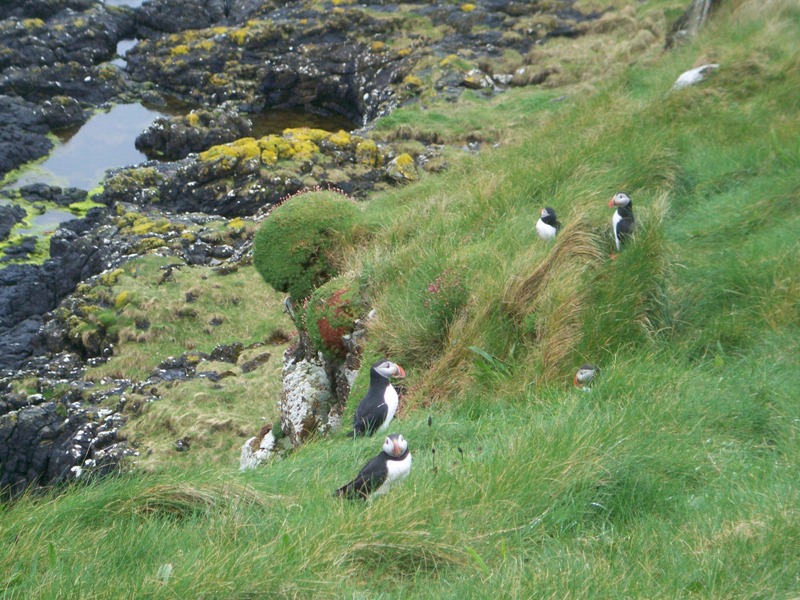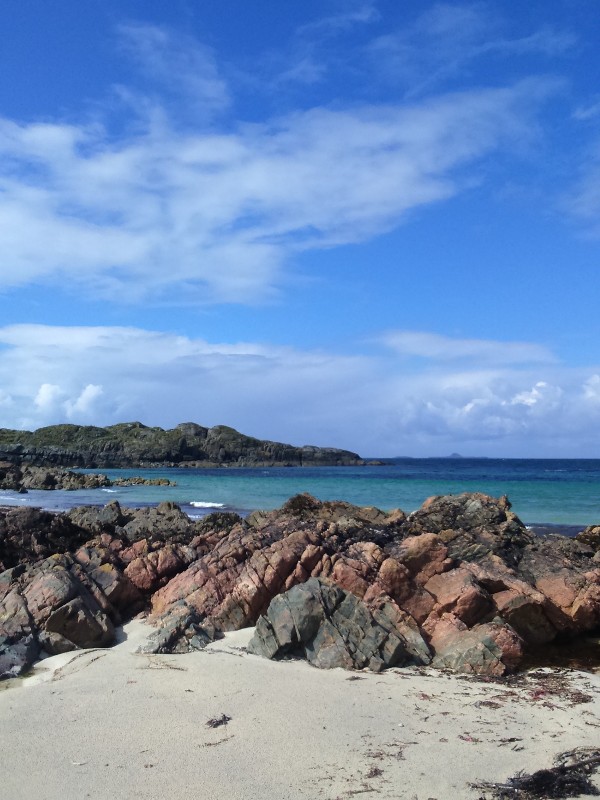How to do 7 Scottish Islands in 7 Days
Did you know that Scotland has over 900 islands and around 90 of them are inhabited?
Despite all this choice, most visitors to Scotland only visit one island, the Isle of Skye.
But you don’t have to follow the herd.
In fact, we’d strongly recommend you go “off path” and experience the magical charm of the other Scottish islands. Because these quieter islands offer you a better experience of the relaxed pace of life that makes Scottish islands so captivating.
So we are going to show you how you can spend 7 days in Scotland exploring 7 islands that all have something unique to discover. The following itinerary is fully detailed in our Island Explorer tour plan which you can download from our website for £16.99.
Day 1 - Glasgow / Edinburgh to Arran - Escape the City
The great thing about sailing to Arran, and the reason we start this trip here, is that the ferry crossing transports you to a Highland landscape in less than an hour.
The island is just 20 miles from North to South, but in those 20 miles you can find the full diversity of Scotland’s scenery from jagged peaks to rolling farmland. For this reason, Arran is often described as ”Scotland in Miniature”.
Leave Glasgow at 9am and you can be on Arran by Noon with enough time to take in some of the sights around the village of Brodick where the ferry arrives.
You could start with a visit to Brodick Castle, the ancestral seat of the Dukes of Hamilton and a grand country house that will transport you back in time. Think of Downtown Abbey and you’ve got the picture.
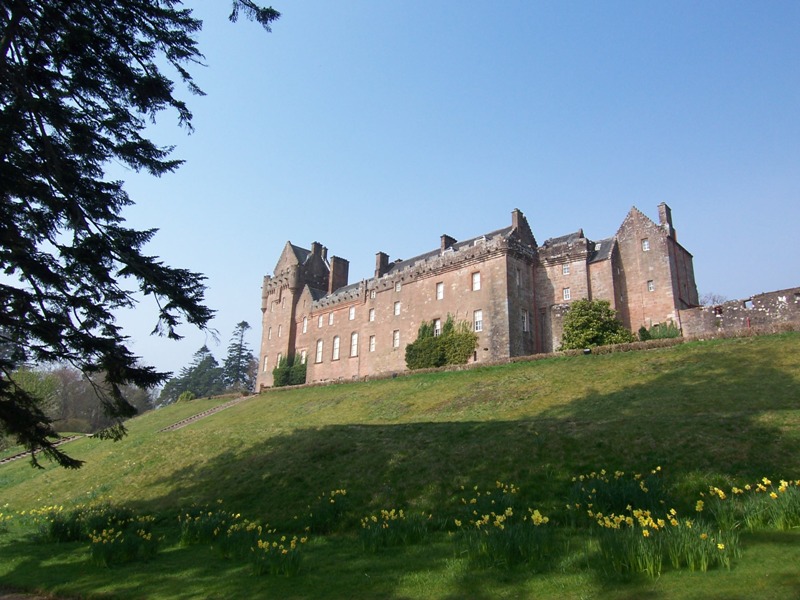
It’s a great way to spend an afternoon as there’s lots to see in the castle. Children can burn off energy in the excellent adventure play park and extensive gardens, where you should see red squirrels.
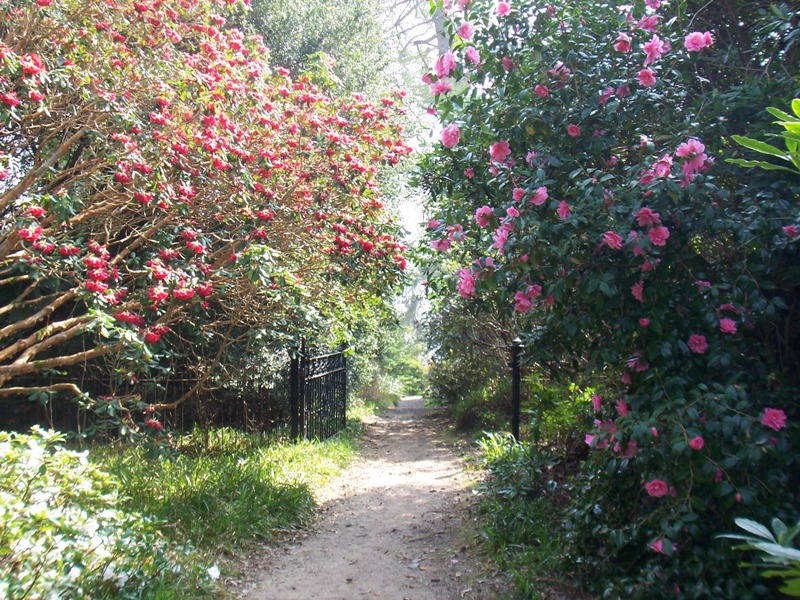
Once you’ve visited the castle, you could sample some local beers at the nearby Arran Brewery or walk a little further along the road to inhale the great smells at the Arran Aromatics perfumery.
If you prefer something more energetic, climb the path up the small but perfectly formed Goatfell mountain. It’s only 2866 feet high, but the views from the top are outstanding. Allow 4 - 5 hours for this activity.
- Driving Time: 1 hour
- Cost of Ferry: £4.60 per adult passenger / £18.60 per car
- Sailing Time: 30 min check in at ferry + 55 min crossing
- Adult Admission to Brodick Castle: £15
Day 2 - Around Arran - Scotland in Miniature
You can drive the 56 mile circuit around Arran in 2.5 hours, but there’s lots to see so you need to schedule carefully.
The highlights are:
Corrie - this is an exceptionally pretty little village where the houses face directly onto the road. Each house has its own little garden located directly across the road from it and these gardens are a riot of colour in summer. Very photogenic.
Lochranza Castle - said to be the inspiration for the design of the castle in the Tintin adventure “The Black Island”.
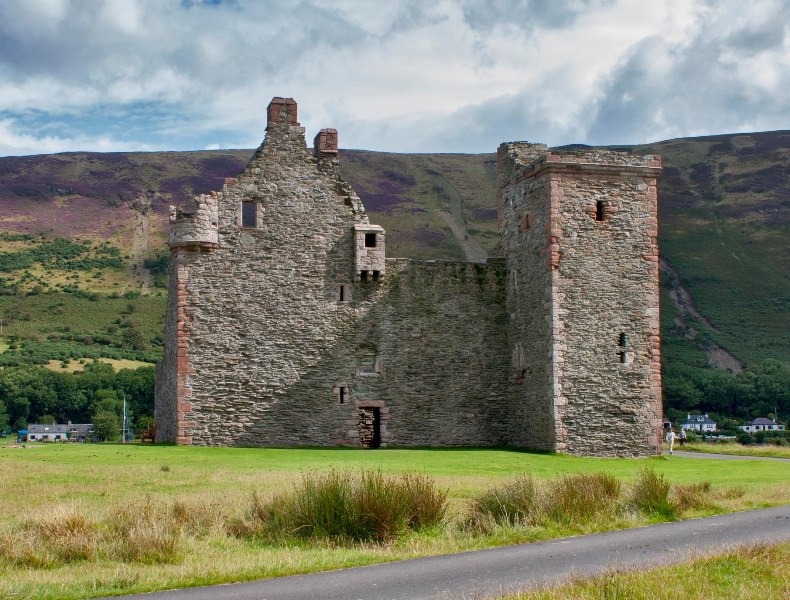
Machrie Standing Stones - if I had to pick my favourite standing stones in Scotland it would be these 3 tall megaliths on Machrie Moor. Here, you find a haunting sense of time stood still and it is a magical place to be at sunset.
Glenashdale Falls - Starting from the waterfront of Whiting Bay, a village on Arran’s east coast, you have a steep ascent through mature woodlands to a viewpoint that projects over this attractive cascade. Time to complete the circular route to the falls and back ~ 1.5 hours, but you can extend the walk to include a visit to some neolithic burial chambers called the “Giant’s’ Grave”.
- Driving Time: ~2.5 hours
Day 3 - Arran to Oban - Ancient Mysteries and a “Bridge over the Atlantic”
Today, you return to the mainland via the small car ferry that sails from Lochranza to Kintyre. Yes, this is the same Kintyre that Paul McCartney was singing about.
This part of Scotland is branded as the “Mainland Island” which is a reference to a curious event that took place many centuries ago.
In 1093, King Malcolm of Scotland and the Viking Prince, Magnus the Barelegs, had an agreement that Magnus could claim any land that he could navigate his boat round. Magnus spotted a loophole in the contract and had his Viking longboat dragged across the narrow isthmus of land near the present day village of Tarbert. He thus claimed Kintyre as one of his “island” domains.
Travelling north to Oban, you pass through Kilmartin Glen. Nowadays, it is a sleepy place but 5000 years ago this was the religious centre for a long-forgotten Neolithic culture.
The ancient importance of Kilmartin Glen is witnessed by one of the highest concentrations of Neolithic memorials anywhere in Europe. There are standing stones aligned with the orbit of the moon, multiple burial chambers, mysterious rock art and stone circles that might even take you back in time.
But we are on a mission to see islands and there’s 2 more you can bag along the way to Oban.
The first on our list is the Isle of Seil which you get to via the 220 year old “Bridge over the Atlantic”. It’s a slightly misleading name but is technically correct as it does span a narrow channel (only ~80 feet wide) of Atlantic sea water.
Once across the bridge, you can celebrate your arrival on island number 2 with a drink at the Tigh an Truish Inn. The name translates from Gaelic as “House of the Trousers” and it was here that islanders would change out of their kilts before crossing to the mainland. A ritual that started because the British Government outlawed the wearing of kilts in 1746.
Continue to the end of this road and you arrive at the photogenic village of Ellenabeich where you can hail the little ferry that operates like a taxi service to Easdale and island number 3.
Easdale is tiny.
You can walk around Easdale in an hour. But it is home to 60 permanent residents who are served by a pub, a community hall and a museum. So the social scene is not bad.
It is a charming place with terraces of whitewashed cottages and no cars. Wheelbarrows are the only form of wheeled transportation you’ll see on the island and each cottage has one parked down at the harbour.
It wasn’t always such a quiet place and would once have echoed with the sound of machinery, for Easdale was the centre of a slate mining industry that supplied the world. The old slate quarries have long since flooded and create an unusual landscape of deep lagoons filled with exceptionally blue water.
The combination of piles of flat slate stones and large sheltered lagoons make Easdale the perfect location for the World Stone Skimming Championships which take place here each year on the last Sunday of September. Anyone can take part, but the champions take it very seriously.
If you aren’t in a rush to leave Easdale, we recommend you stay for dinner at the island’s cozy little pub called the “Puffer”. Pre-booking is essential as it is a small place, but the menu is good. Try the locally caught lobster!
Returning from Easdale, you have a scenic 30 minute drive to the lively harbour town of Oban, “Gateway to the Isles” and home to some of Scotland’s best seafood restaurants.
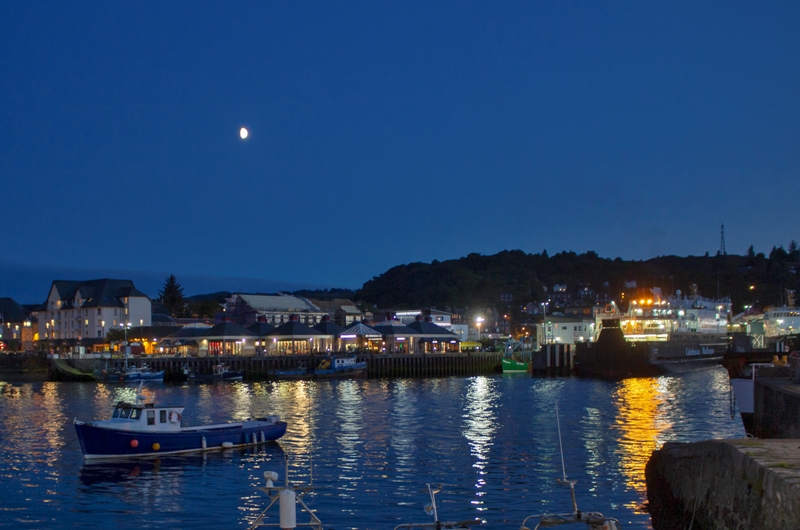
- Driving Time: 2 hour 15 mins
- Cost of Ferry: £3.50 per adult passenger / £11.60 per car
- Sailing Time: 10 min check in at ferry + 30 min crossing
- Cost of Easdale Ferry: £2.70 return
- Sailing Time: 5 min crossing
Day 4 - Taking it Easy in Oban - Castle, Cake and Whisky
The fourth day of this road trip is an opportunity to park up the car and slow the pace.
The Isle of Kerrera is our suggestion for Island number four. It is home to an atmospheric cliff-top castle and an excellent tearoom.
You sail to Kerrera by means of a little ferry that looks a bit like a D-Day landing craft. It only takes 12 passengers at a time so you might have a short wait, but it scoots back and forth all day apart from a 1 hour break for the crew to have lunch.
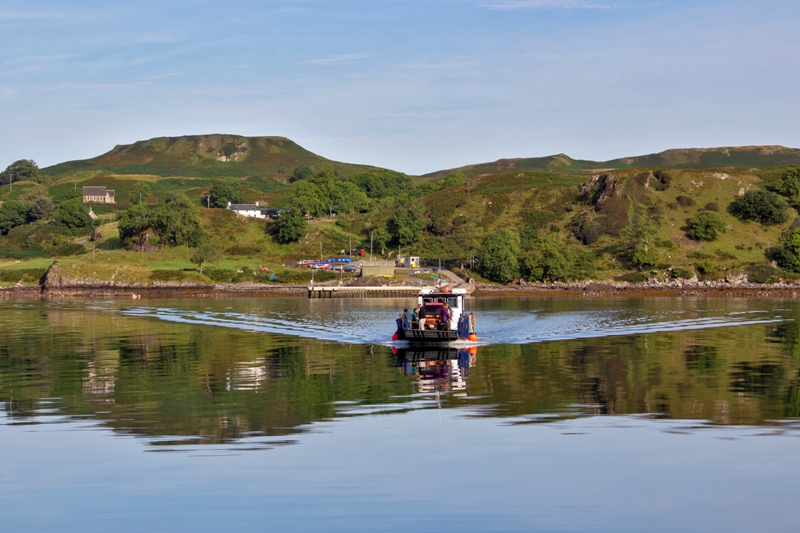
Once on the island, there is an obvious path to follow to get to Gylen castle and the famous tearoom. You aren’t likely to get lost as the route is signposted with colourful teapots.
In contrast to the cheery waymarkers, Gylen castle has a menacing air about it and would make a perfect film set for “Game of Thrones”.
Its clifftop position should have made it an impregnable stronghold able to withhold any siege, but for one very basic thing.
In the summer of 1647, the MacDougall’s were holding the castle against an attacking force of Covenanters. It was a stalemate situation, but this was an unusually dry summer by Scottish standards and the castle well ran dry. The defenders eventually agreed to surrender if their lives were spared. Tragically, the attackers weren’t nice guys and they slaughtered all but the youngest of their prisoners.
On a happier note, a short walk from the castle brings you to the family-run Kerrera Tea Garden where you can get some refreshments before the walk back to the ferry.
We’d suggest you allow 4 ~ 5 hours for your visit to Kerrera so that you can return to Oban with time to indulge in an afternoon whisky tasting at the Oban distillery. You really can’t fail to find the distillery as the town was literally built around it.
And if whisky ain’t your thing, you might prefer to get a cocoa kick at the Oban Chocolate Company.
- Cost of Kerrera Ferry: £3.70 return per adult
- Sailing Time: 5 min crossing
- Oban Distillery Tour: £22 for 1 hour tour with 3 whisky expressions to sample
Day 5 - Oban to Mull - Scotland’s Prettiest Village and Beautiful Beaches
Mull is just an hour’s ride on the car ferry from Oban. Fortunately, a morning ferry service runs between 9:30 and 9:50 every day so you can be on Mull before lunchtime.
The approach to Mull is a memorable experience as you sail past the stout silhouette of Duart Castle and can see its cannons bristling all around the castle walls. If you’ve seen the film “Entrapment” you should recognise the view.
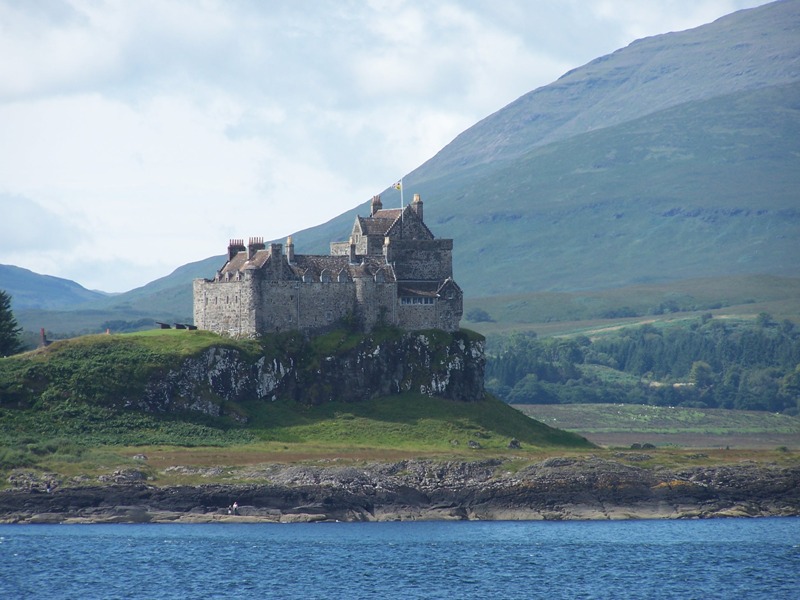
The castle is just a short drive from the port where you arrive so it makes sense to start your sightseeing here. The other good reason for starting with a visit to the castle is its very good tearoom where you can get lunch.
No trip to Mull is complete without a visit to the outstandingly pretty village of Tobermory. Whilst most Scottish towns are quite restrained, Tobermory is a kaleidoscopic explosion of colours. It all started in 1960 when one property owner experimented with a pink facade. Pretty soon everyone joined in with bright colours and the village is all the better for it.
Whilst in Tobermory, we recommend that you take an evening walk on the golf course as there are magnificent views of the Sound of Mull to be had from the 6th hole.
On the subject of magnificent views, another Mull must-see is the sheltered beach at Calgary Bay.
The beach is a popular spot with tourists and it gets enough visitors to merit having a little ice cream shack roofed with an old rowing boat.
But I’ll let you into a secret...There is another great beach nearby that the locals use. It’s not so easy to get to as you need to walk an hour to get to it, but Langamull bay has pure white sands and is never busy.
- Driving Time: ~2 hours
- Cost of Ferry: £4.25 per adult passenger / £16 per car
- Sailing Time: 30 min check in at ferry + 45 min crossing
- Adult admission to Duart Castle: £10
Day 6 - Iona & Staffa - Christianity & Caves
Whilst on Mull, you have to visit the Isle of Staffa. It is truly AWE inspiring.
It looks like something that Tolkien could have invented for “Lord of the Rings”, a place where dragons might live.
Indeed, the island was formed by fire and its towering black walls of hexagonal-shaped columns are the result of cooling lava from a volcano that has long since been buried beneath the waves.
The highlight of Staffa is the famous “Fingal’s Cave” which inspired Mendelssohn to compose the Hebridean Overture after his visit in 1829.
If you visit from May to July, you may be more captivated by the cute Puffins that nest here. These comical little birds will, if you stand still, come quite close as they know that humans will protect them from attacks by seagulls.
The boat trip to Staffa can be combined with a visit to Iona which means islands 6 and 7 are now in the bag!
Iona is known as the “Birthplace of Christianity” in Scotland, but that isn’t entirely true. Scotland’s first Christian missionary arrived some 135 miles away in Whithorn.
But this is just a small detail that doesn’t detract from a magical island that seems to ooze positive energy. Sorry, we’re going all Hippie on you, but when you get there you’ll know what we mean.
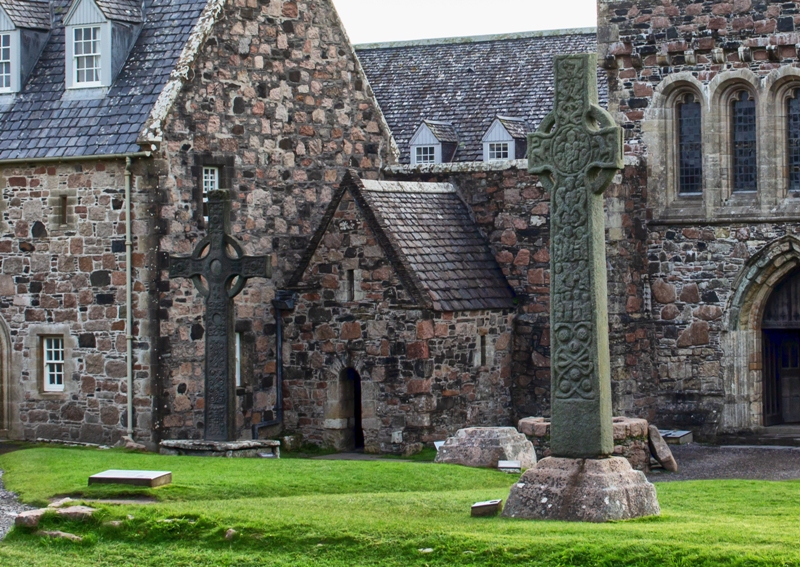
Iona does get a lot of tourists and most make a beeline for the island’s historical Abbey. It is a place steeped with history and the final resting place of Kings from Scotland, Ireland and even Norway.
But to really enjoy the atmosphere of Iona, we recommend you get away from the crowds by exploring the magnificent beaches along the island’s West Coast. These beaches seldom see more than a handful of visitors so they are perfect spots to absorb the tranquility of Iona.
- Driving Time: ~3 hours (if staying in Tobermory)
- Cost of Boat Trip to Staffa: ~£40 per adult
- Cost of Ferry to Iona: £4.10 adult return
- Adult admission to Iona Abbey: £10
Day 7 - Mull to Glasgow - Glen Coe, Rannoch Moor & Loch Lomond
The last day of our epic 7 day island-hopping adventure and today you return to the hustle and bustle of Glasgow.
But the last leg of your journey still has some treats in store.
Glen Coe is one of the famous places that you can see today and the best way to get here from Mull is by taking 2 short ferry crossings.
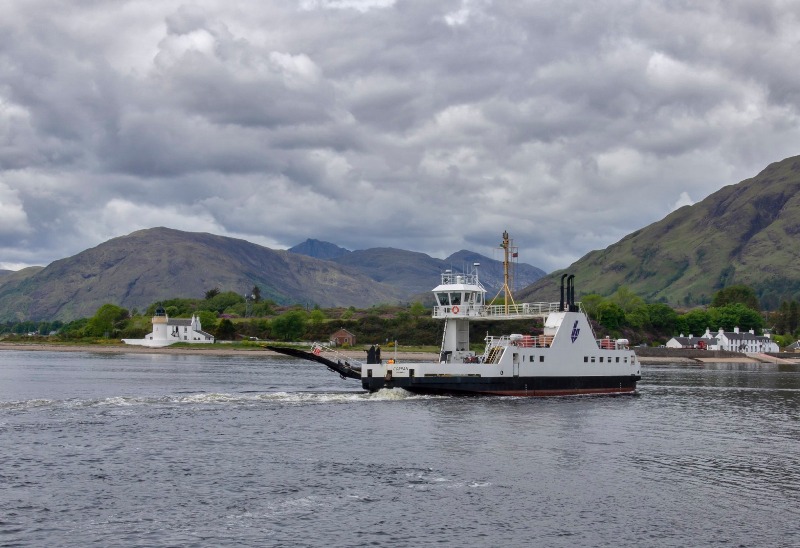
The first takes you from Fishnish on Mull to Lochaline on the mainland. You then have a 30 minute drive though the wild countryside of Morvern to get to the Ardgour ferry which makes a short crossing over Loch Linnhe to join the main road back to Glasgow.
The travel time from leaving Mull to arriving at Glen Coe is around 90 minutes, give or take a few minutes depending on how well you time your arrival at the Ardgour Ferry.
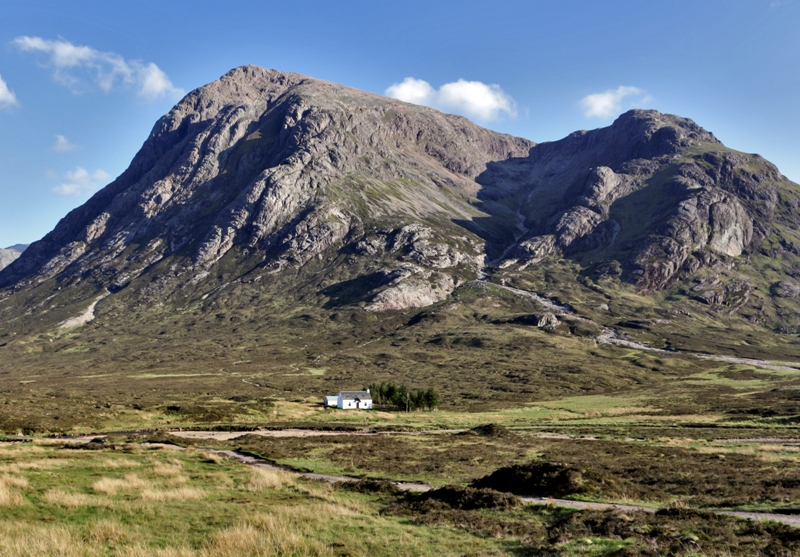
After the obligatory photo stop at Glen Coe, you follow the A82 as it crosses the bleak empty landscape of Rannoch Moor. It wasn’t always this barren and would once have been a magnificent forest of Scots Pine trees and other native species. A few lonely survivors of this ancient forest still grow upon islands in the small lochs of Rannoch Moor.
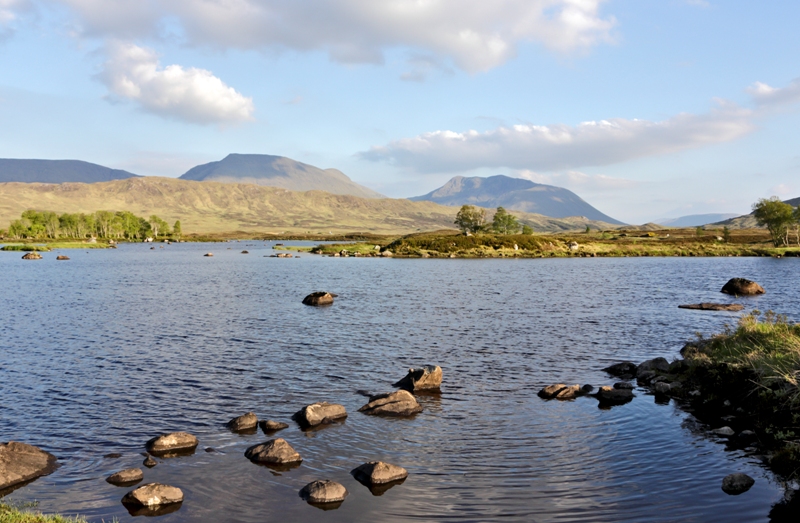
An essential journey break between Glen Coe and Glasgow is the timeless Drover’s Inn located a few miles before you come to the shores of Loch Lomond. This Inn has changed little in the last 300 years and some 18th century residents linger on too.
The Inn has become quite a tourist attraction in its own right and you might suspect the decor has been staged to please the tourists, but it really has looked as shabby as this for as long as I can remember.
And then you come to Loch Lomond and the final leg of the journey back to Glasgow.
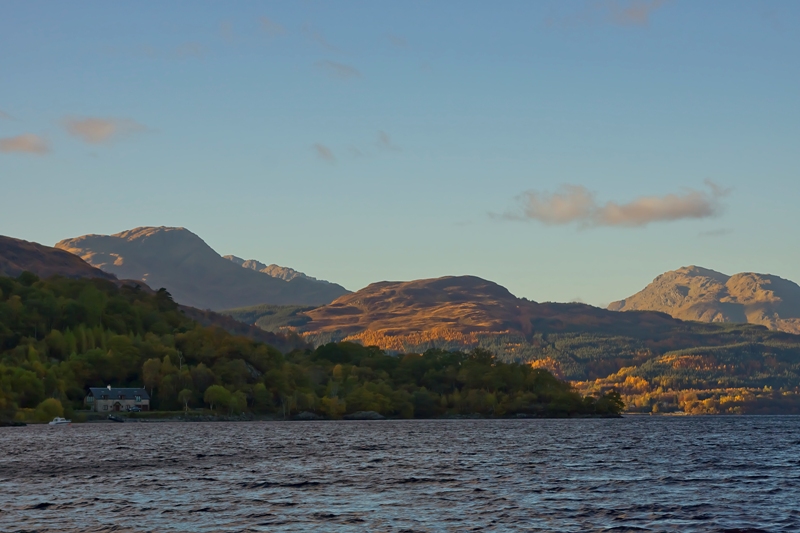
- Driving Time: ~3 hours 15 mins
- Cost of Fishnish Ferry: £2.95 per adult passenger / £8.60 per car
- Sailing Time: 10 min check in at ferry + 20 min crossing
- Cost of Ardgour Ferry: £10 per car (passengers are free)
- Sailing Time: 10 min crossing
And There's More...
This is just a glimpse of some of the attractions you could see, the full itinerary is detailed in the Island Explorer tour plan which you can download from our website for £16.99.
In the Island Explorer itinerary, you get even more information about other attractions along the route plus information of the best places to eat and drink, as well as suggestions on how to schedule your days to make the best use of your time.

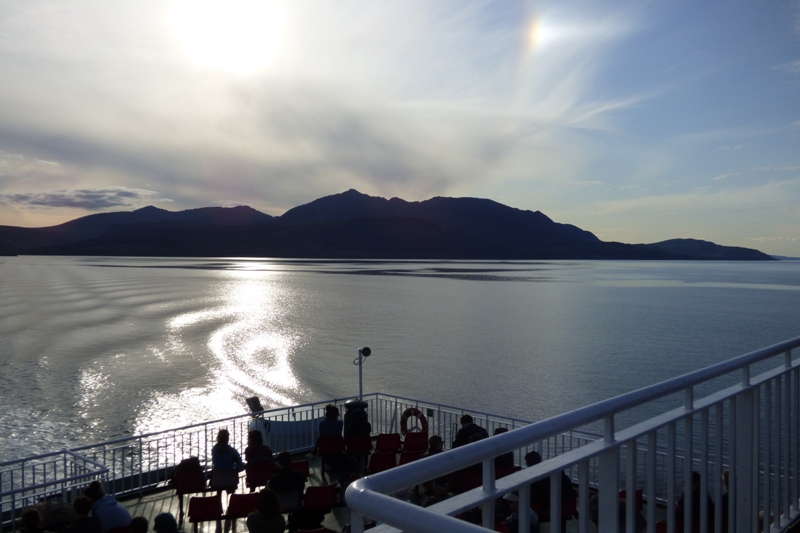
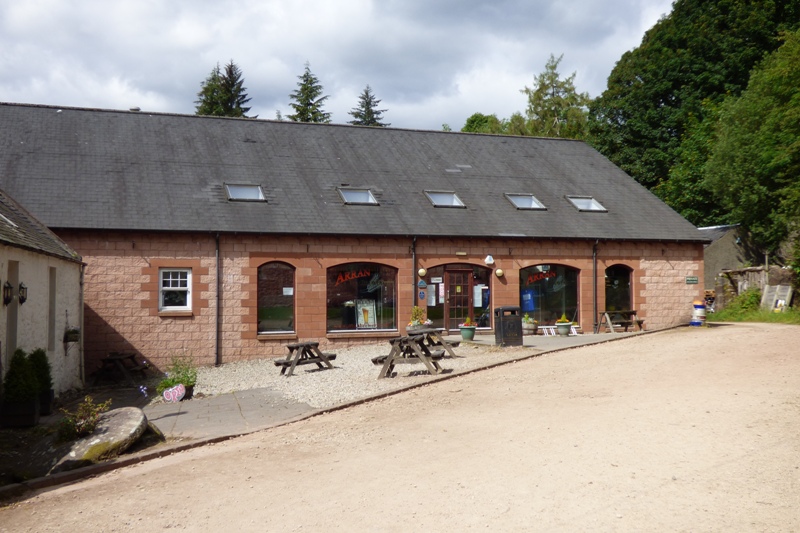
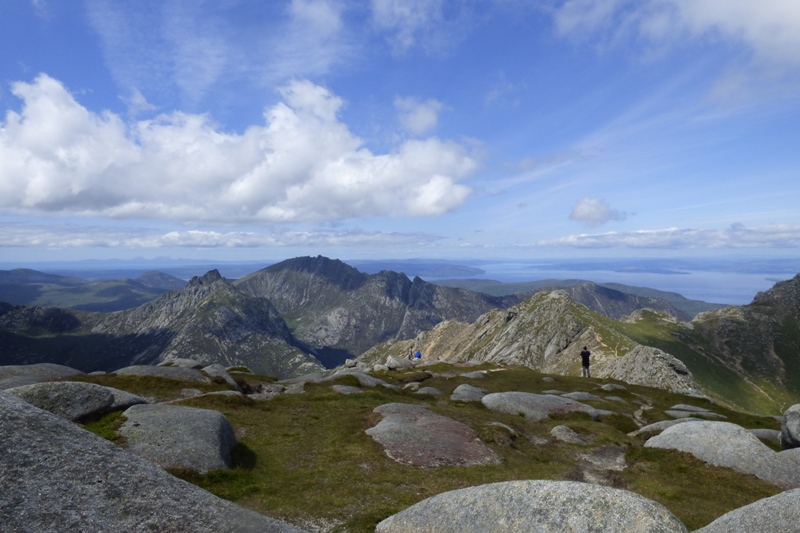
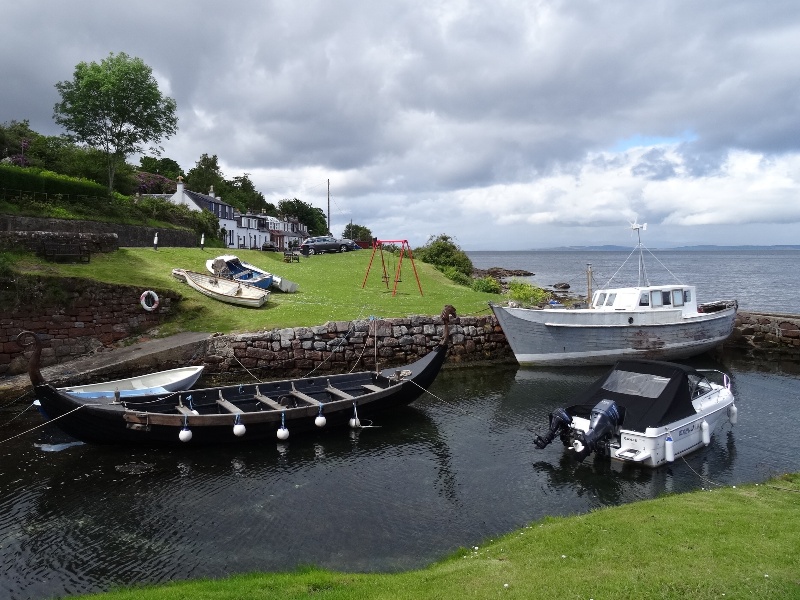
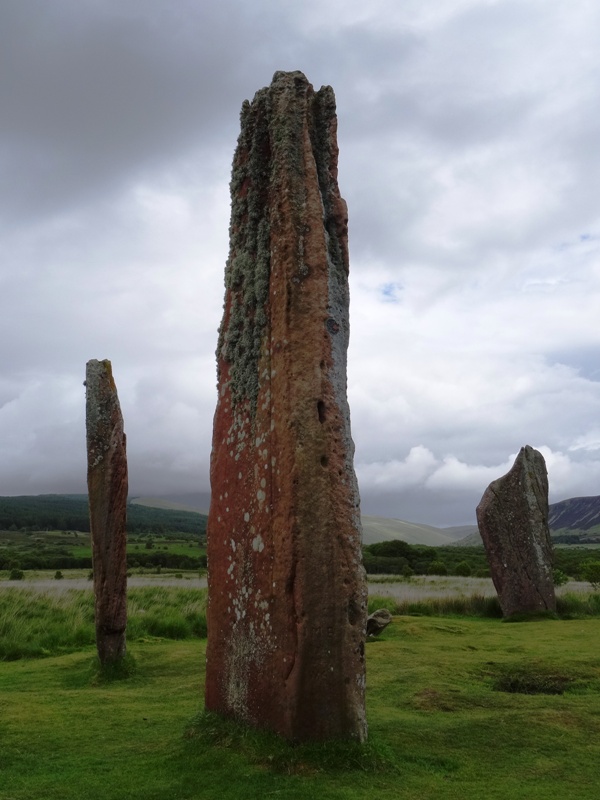
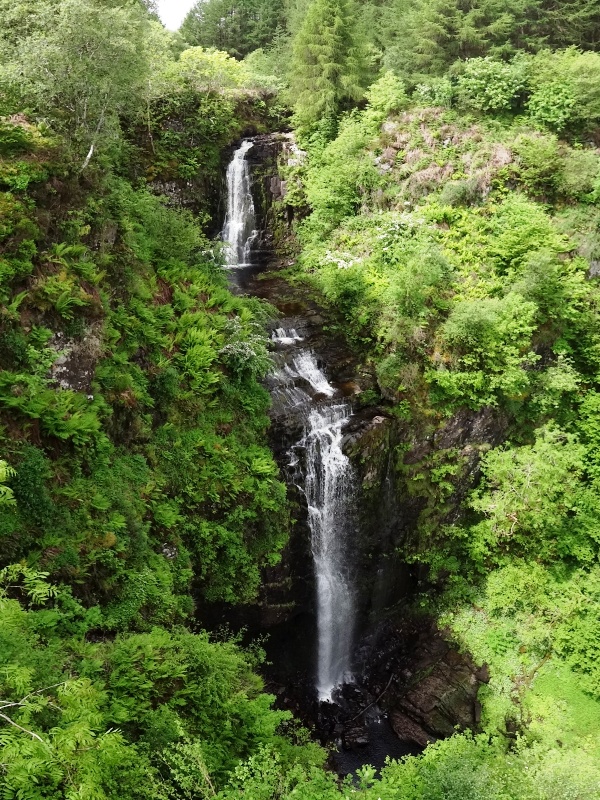
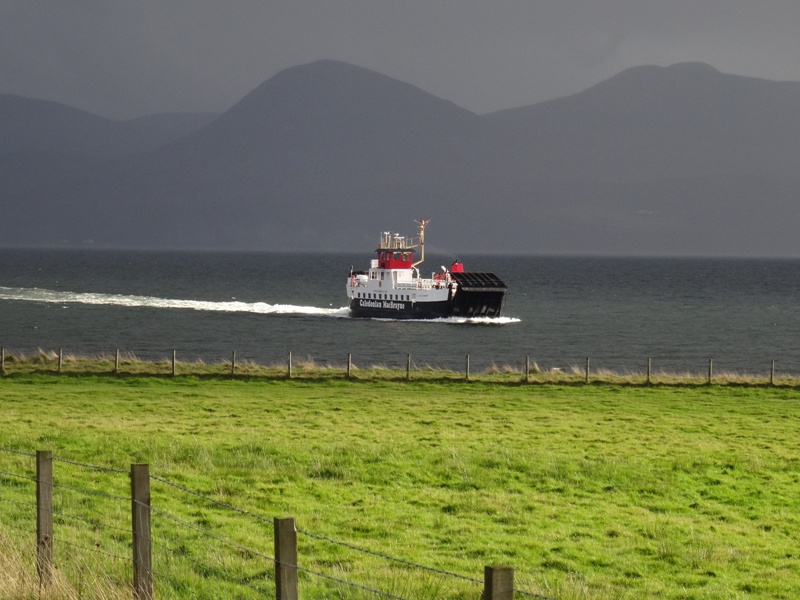
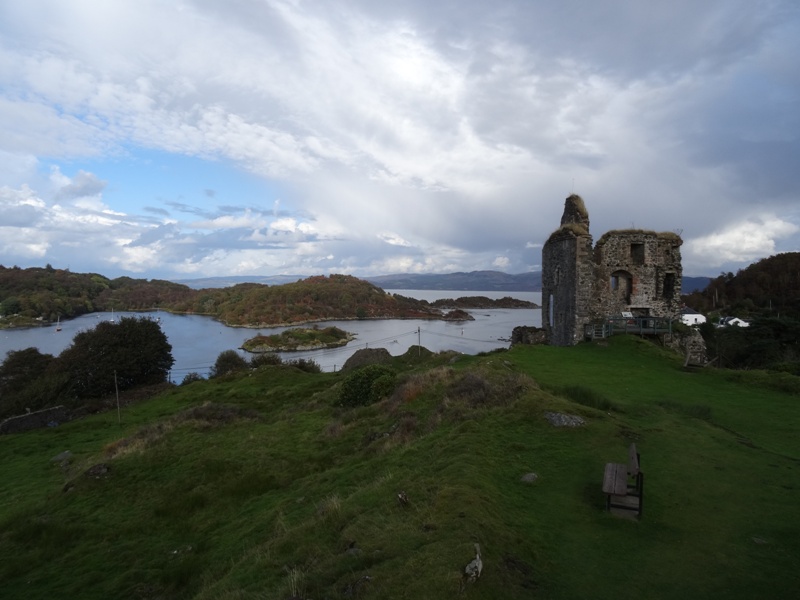
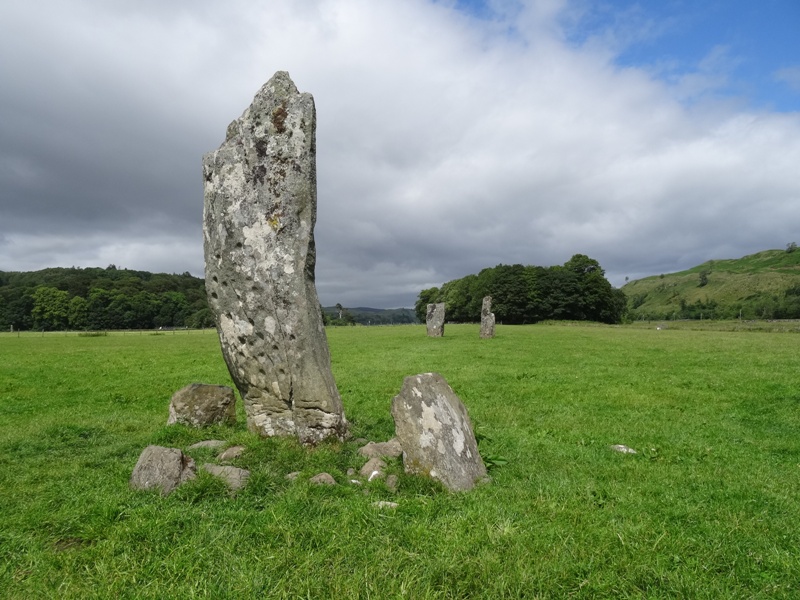
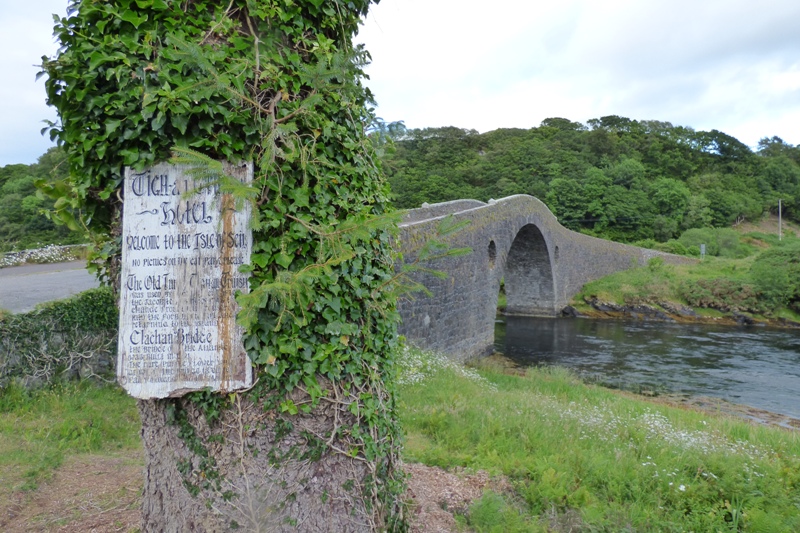
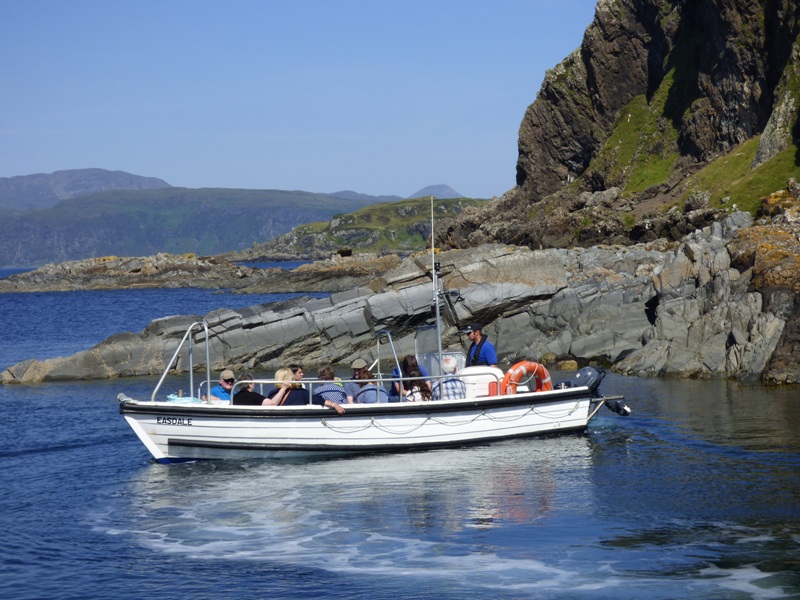
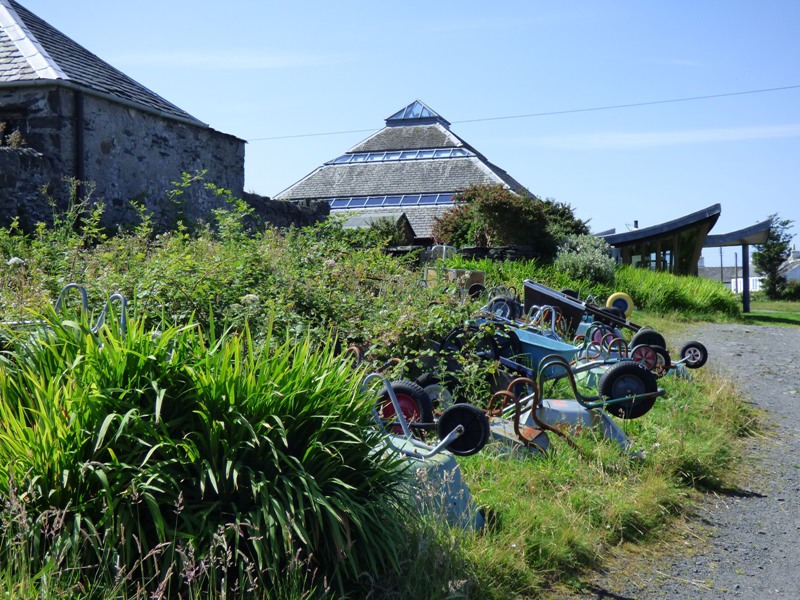
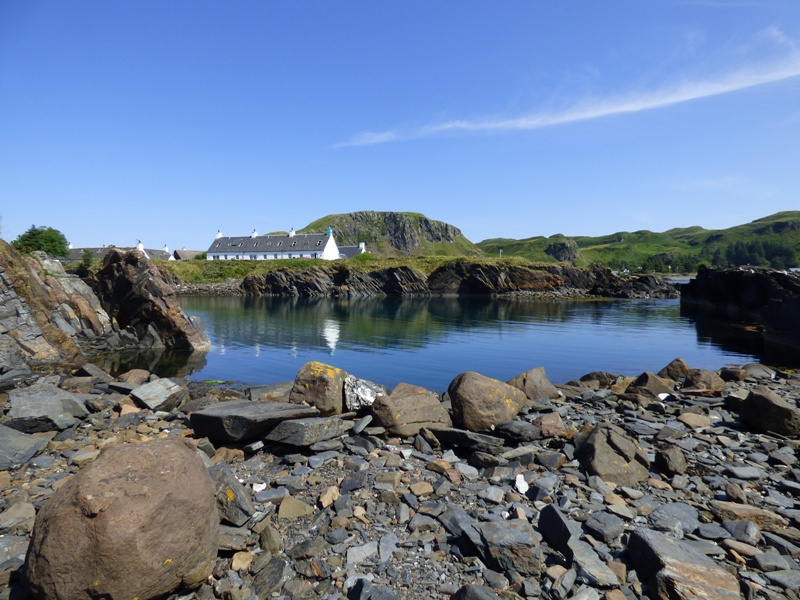
.JPG)
